In the last week, almost every Irish dairy co-op has cut its milk price for July.
Glanbia Ireland, Kerry Group, Carbery, and Dairygold have all cut 1c/litre from their base milk price for July, while Aurivo and Lakeland Dairies both announced a 0.5c/litre cut in price for July milk.
Unsurprisingly, farm organisations have reacted angrily to this latest drop in milk prices, claiming the prices cuts were “unwarranted”.
On the supply side, global milk production is generally in decline. For the first half of 2019, global milk supplies are estimated to be down 0.4% year-on-year.
In the US, milk supply was flat for the first six months of 2019 at 56.3bn litres. However, US milk production has shown some weakness this year, with production falling in March, May and June. US dairy farmers have increased the rate of cow culling in the face of consistently weak farmgate milk prices.
In Australia, milk production contracted sharply for the 2018/19 season, also due to very weak milk prices – while Argentinian milk production has slumped 6% for the first half of 2019.
In Europe, milk supplies were flat for the first six months of 2019. In Germany and France, the two largest milk producers in the EU, milk production dropped for the first six months of 2019 and the summer heatwave will compound this decline in production further.

Dutch milk supply is down 3% this year.
German milk production was down 1% for the first half of 2019 and has entered a consistent period of decline since April. In France, milk production was down almost 2% for the first half of the year.
Meanwhile, Dutch milk collections from dairy farms are down 3% on 2018 as phosphate quotas continue to curtail production.
In contrast, milk production has risen in Ireland (+10%), the UK (+3%) and Poland (+2%) for the first half of the year.
Butter
A decline in global milk production is generally good news for farmgate milk prices and would normally mean higher returns.
However, the demand side of dairy markets right now paints a complex picture.
Starting with butter, it’s now clear that the record spikes in butter prices in 2017 and 2018 have not been good for demand.
In Germany (a large export market for Kerrygold butter), retail sales of butter collapsed by almost 20% in volume terms during 2017 and 2018, when butter prices soared to highs of €7,000/t.
German consumers are extremely price sensitive and the record butter prices caused many to switch to spreads and other cheaper alternatives.
Similarly, many bakeries and food manufacturers that use butter as an ingredient in their recipes substituted vegetable fats and other alternatives into recipes.
Butter prices have normalised in 2019 and are now trading just above €3,000/t. While retail sales of butter are recovering thanks to this price normalisation, many food manufacturers have not switched back to using butter as an ingredient.
Speaking to the Irish Farmers Journal last week, Kerry Group CEO Edmond Scanlon said he was worried about butter substitution and the impact it was having on dairy markets.
Cheese
For cheese markets, prices have been generally steady this year. Irish cheddar is currently priced at €2,900/t.
However, since Boris Johnson became UK prime minister, Brexit uncertainty has increased sharply.
Johnson's Brexit outlook has contributes to the sterling weakening to record lows of almost £0.94 against €1 in the last fortnight as the risk of a no-deal Brexit intensifies.
With over 50% of Irish cheddar exports destined for the UK market, the profit margins for Irish co-ops exporting cheese to the UK market are becoming increasingly thin.
However, UK buyers are likely to ramp up orders of Irish cheddar in the coming weeks as they build stocks ahead of the Brexit deadline of 31 October.
While this should provide some short-term demand for Irish cheese and butter, the knock-on impact of huge stocks in UK cold stores does not bode well for trade flows at Christmas and early in 2020.

Over 50% of Irish cheddar is exported to the UK market.
Powders
On the powder side of the market there is a mixed picture.
The price of skimmed milk powder (SMP) has rebounded strongly. This is underpinned by strong export demand for European SMP. In the first six months of 2019, EU exports of SMP were up 33% year-on-year.
Interestingly, Europe has been the big winner from the US-China trade war. The US is traditionally the dominant exporter of SMP to global markets. However, the ongoing trade spat between Washington and Beijing has seen Chinese dairy buyers look to Europe for SMP.
The other major influence on global dairy markets is the outbreak of African swine fever (ASF) in China.
The sharp decline in China’s pig herd has seen the country’s demand for whey powder, which is used as a feed for piglets, shrink by almost 30% this year.
This huge drop in Chinese demand has seen the price of animal grade whey powder drop sharply. Ireland is a major producer of whey powder and has not been immune to these developments.
Overall, there are a number of positive and negative developments facing global dairy markets.
Milk supplies are down across the world, which is supporting dairy market prices. However, the outlook for the global economy is quite weak as the US-China trade war begins to impact.
From an Irish perspective, the growing threat of a no-deal Brexit is extremely worrying for the Irish dairy industry.
Irish co-ops are acutely exposed to Brexit, with more than 50% of our butter and cheese destined for the UK market every year.
Between now and the Brexit deadline of 31 October, the uncertainty is only going to increase. This is likely to inflict further weakness in the value of sterling, which erodes profit margins for Irish co-ops exporting to the UK.
With sterling weakening to £0.94 against €1 earlier this month and consumer demand in the UK quite frail, Irish co-ops are bound to be feeling the pinch in terms of market returns.
At the same time, European dairy buyers have been on holidays over recent weeks meaning the volume of trade ongoing in the European market is minimal. As such, the cut in milk prices over the last weak is not surprising.
If the UK and EU could agree a deal in the coming months it would introduce some much needed clarity for businesses and allow trade patterns to return to normal.
Until then, the uncertainty of Brexit and a weak sterling will make it increasingly difficult for Irish co-ops to eke a decent return out of the UK market, which can then be passed back to farmers.
In the last week, almost every Irish dairy co-op has cut its milk price for July.
Glanbia Ireland, Kerry Group, Carbery, and Dairygold have all cut 1c/litre from their base milk price for July, while Aurivo and Lakeland Dairies both announced a 0.5c/litre cut in price for July milk.
Unsurprisingly, farm organisations have reacted angrily to this latest drop in milk prices, claiming the prices cuts were “unwarranted”.
On the supply side, global milk production is generally in decline. For the first half of 2019, global milk supplies are estimated to be down 0.4% year-on-year.
In the US, milk supply was flat for the first six months of 2019 at 56.3bn litres. However, US milk production has shown some weakness this year, with production falling in March, May and June. US dairy farmers have increased the rate of cow culling in the face of consistently weak farmgate milk prices.
In Australia, milk production contracted sharply for the 2018/19 season, also due to very weak milk prices – while Argentinian milk production has slumped 6% for the first half of 2019.
In Europe, milk supplies were flat for the first six months of 2019. In Germany and France, the two largest milk producers in the EU, milk production dropped for the first six months of 2019 and the summer heatwave will compound this decline in production further.

Dutch milk supply is down 3% this year.
German milk production was down 1% for the first half of 2019 and has entered a consistent period of decline since April. In France, milk production was down almost 2% for the first half of the year.
Meanwhile, Dutch milk collections from dairy farms are down 3% on 2018 as phosphate quotas continue to curtail production.
In contrast, milk production has risen in Ireland (+10%), the UK (+3%) and Poland (+2%) for the first half of the year.
Butter
A decline in global milk production is generally good news for farmgate milk prices and would normally mean higher returns.
However, the demand side of dairy markets right now paints a complex picture.
Starting with butter, it’s now clear that the record spikes in butter prices in 2017 and 2018 have not been good for demand.
In Germany (a large export market for Kerrygold butter), retail sales of butter collapsed by almost 20% in volume terms during 2017 and 2018, when butter prices soared to highs of €7,000/t.
German consumers are extremely price sensitive and the record butter prices caused many to switch to spreads and other cheaper alternatives.
Similarly, many bakeries and food manufacturers that use butter as an ingredient in their recipes substituted vegetable fats and other alternatives into recipes.
Butter prices have normalised in 2019 and are now trading just above €3,000/t. While retail sales of butter are recovering thanks to this price normalisation, many food manufacturers have not switched back to using butter as an ingredient.
Speaking to the Irish Farmers Journal last week, Kerry Group CEO Edmond Scanlon said he was worried about butter substitution and the impact it was having on dairy markets.
Cheese
For cheese markets, prices have been generally steady this year. Irish cheddar is currently priced at €2,900/t.
However, since Boris Johnson became UK prime minister, Brexit uncertainty has increased sharply.
Johnson's Brexit outlook has contributes to the sterling weakening to record lows of almost £0.94 against €1 in the last fortnight as the risk of a no-deal Brexit intensifies.
With over 50% of Irish cheddar exports destined for the UK market, the profit margins for Irish co-ops exporting cheese to the UK market are becoming increasingly thin.
However, UK buyers are likely to ramp up orders of Irish cheddar in the coming weeks as they build stocks ahead of the Brexit deadline of 31 October.
While this should provide some short-term demand for Irish cheese and butter, the knock-on impact of huge stocks in UK cold stores does not bode well for trade flows at Christmas and early in 2020.

Over 50% of Irish cheddar is exported to the UK market.
Powders
On the powder side of the market there is a mixed picture.
The price of skimmed milk powder (SMP) has rebounded strongly. This is underpinned by strong export demand for European SMP. In the first six months of 2019, EU exports of SMP were up 33% year-on-year.
Interestingly, Europe has been the big winner from the US-China trade war. The US is traditionally the dominant exporter of SMP to global markets. However, the ongoing trade spat between Washington and Beijing has seen Chinese dairy buyers look to Europe for SMP.
The other major influence on global dairy markets is the outbreak of African swine fever (ASF) in China.
The sharp decline in China’s pig herd has seen the country’s demand for whey powder, which is used as a feed for piglets, shrink by almost 30% this year.
This huge drop in Chinese demand has seen the price of animal grade whey powder drop sharply. Ireland is a major producer of whey powder and has not been immune to these developments.
Overall, there are a number of positive and negative developments facing global dairy markets.
Milk supplies are down across the world, which is supporting dairy market prices. However, the outlook for the global economy is quite weak as the US-China trade war begins to impact.
From an Irish perspective, the growing threat of a no-deal Brexit is extremely worrying for the Irish dairy industry.
Irish co-ops are acutely exposed to Brexit, with more than 50% of our butter and cheese destined for the UK market every year.
Between now and the Brexit deadline of 31 October, the uncertainty is only going to increase. This is likely to inflict further weakness in the value of sterling, which erodes profit margins for Irish co-ops exporting to the UK.
With sterling weakening to £0.94 against €1 earlier this month and consumer demand in the UK quite frail, Irish co-ops are bound to be feeling the pinch in terms of market returns.
At the same time, European dairy buyers have been on holidays over recent weeks meaning the volume of trade ongoing in the European market is minimal. As such, the cut in milk prices over the last weak is not surprising.
If the UK and EU could agree a deal in the coming months it would introduce some much needed clarity for businesses and allow trade patterns to return to normal.
Until then, the uncertainty of Brexit and a weak sterling will make it increasingly difficult for Irish co-ops to eke a decent return out of the UK market, which can then be passed back to farmers.






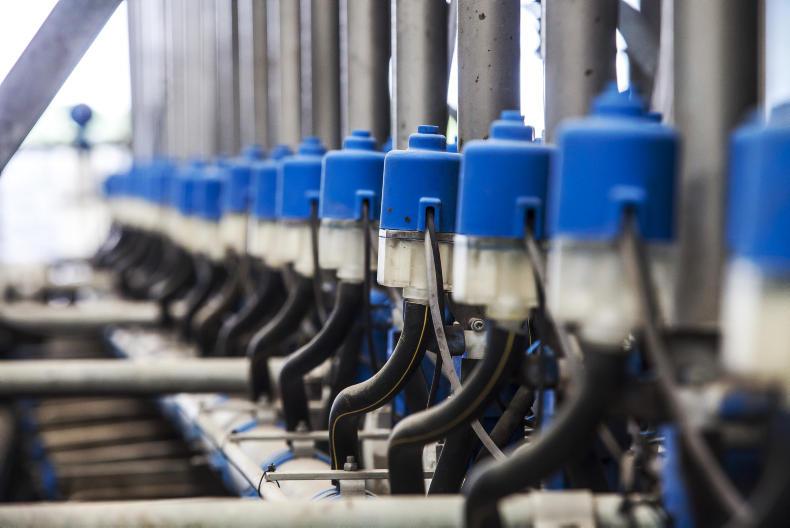
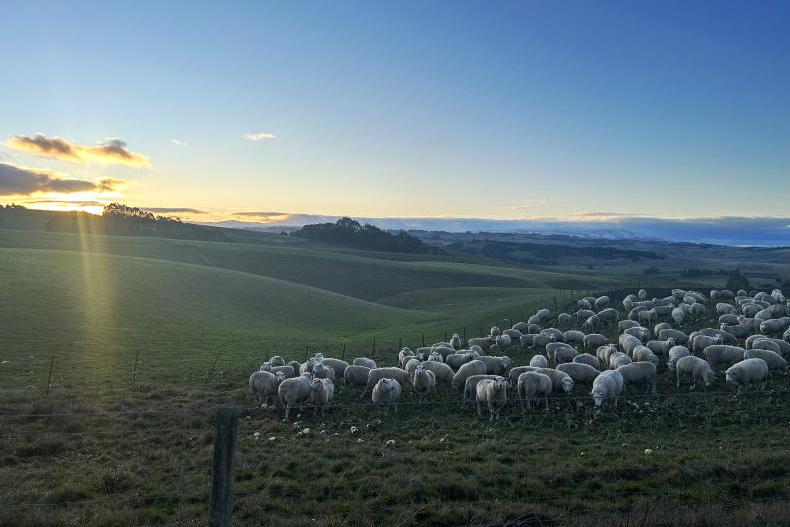

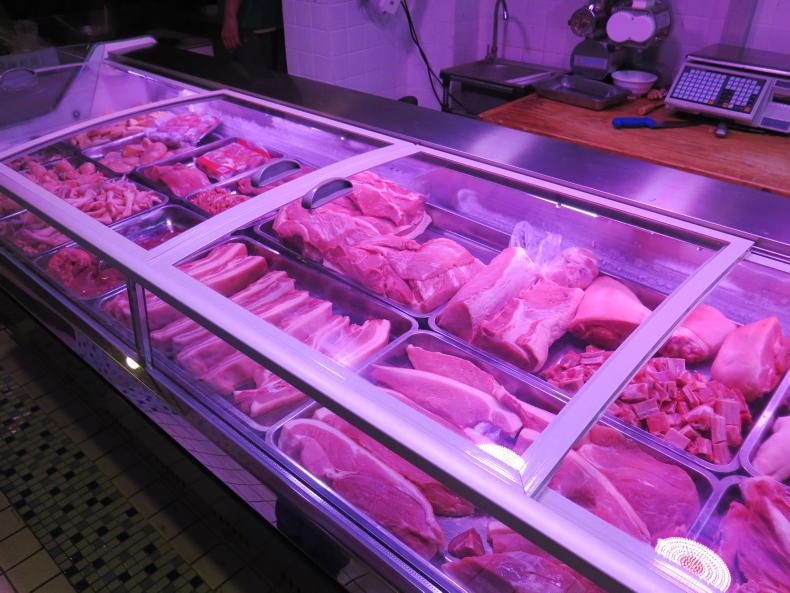
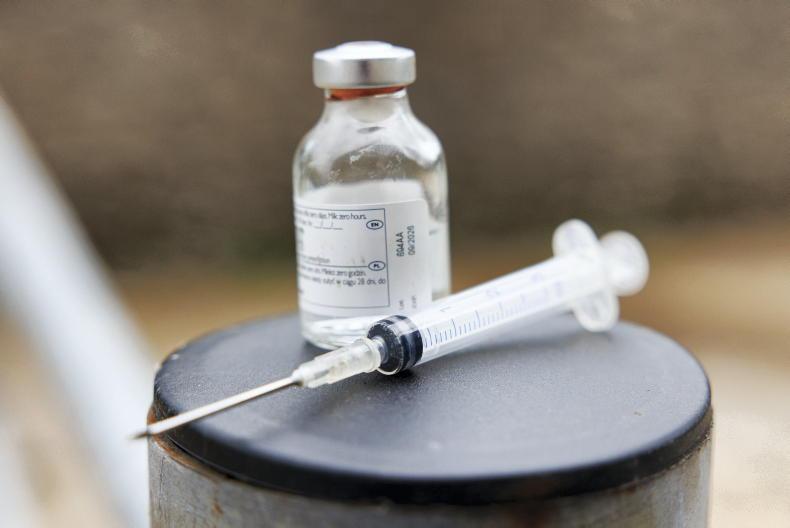
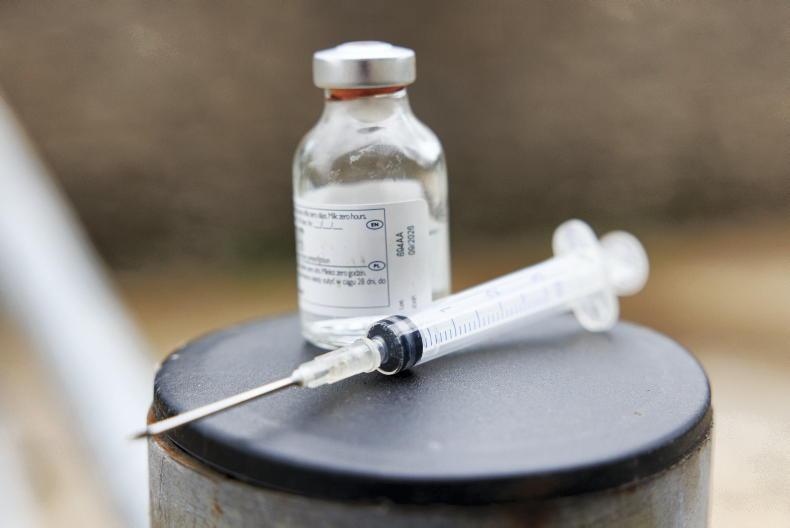
SHARING OPTIONS